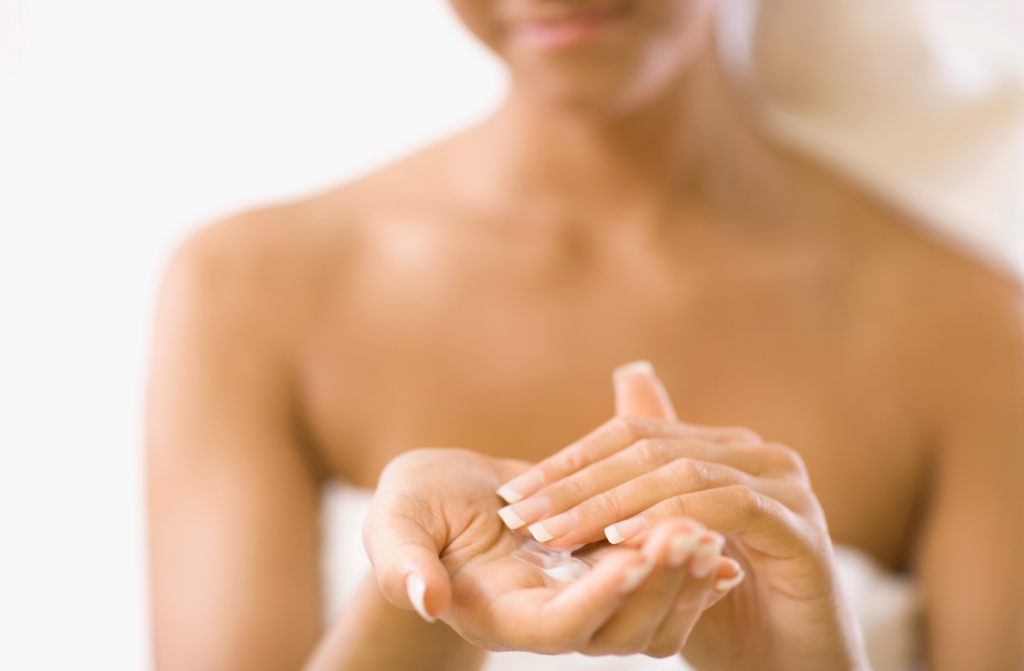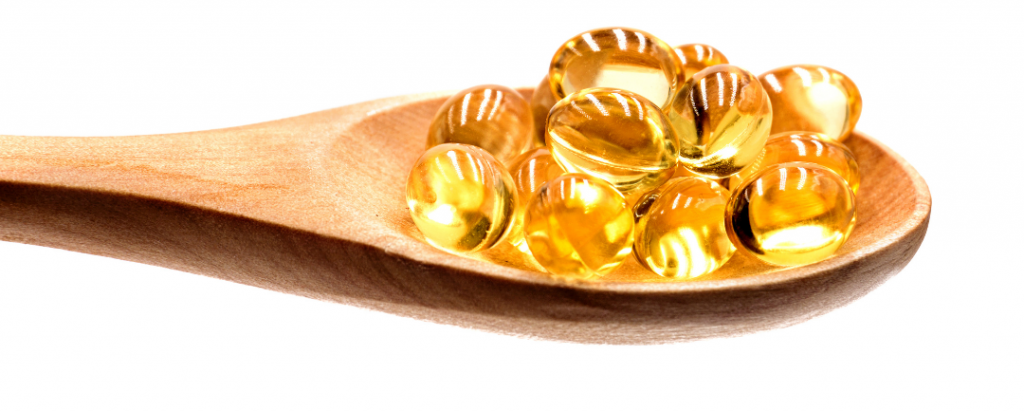HOW TO FORMULATE WITH VITAMIN E
Vitamin E is a fat-soluble vitamin our body synthesizes from food. Research shows that topically applied vitamin E is more effective for the skin than through dietary sources. There is a lot of misinformation about this vitamin though, specifically when cosmetic formulation is concerned and we intend to clear a lot of that up in this short blog. First of all, let’s effuse about the exciting benefits of vitamin E in skincare.
TOPICAL BENEFITS OF VITAMIN E IN SKINCARE
The antioxidant capability of Vitamin E is well known. Antioxidants are substances that help stabilize oxidative stress. Oxidation can come from pollution in the atmosphere or through harmful UV radiation, bringing about premature signs of ageing – such as wrinkles, UVB induced lipid peroxidation, oedema, and sunburn.
BENEFITS OF VITAMIN E IN FORMULATIONS
If you formulate with plant oils – carrier oils and essential oils, then you must have vitamin E in that formula! If you use unnatural oils like dimethicone or mineral oil, lipid oxidation will be less of an issue. Oxidation is what causes undesirable changes in formulas, such as discolouration of emulsions and oils in storage as well as that awful smell of rancidity Very undesirable in formulations and good enough only to be thrown away. Oxidation is inevitable, however, it can be delayed for as long as possible – ideally, longer than your products expiration date. It may also be required to help stabilize some sensitive actives. That’s a summary of what vitamin E does in your formula – a hero ingredient you can’t do without.
NOT ALL VARIANTS OF VITAMIN E ARE CREATED EQUAL
There are 8 different types of Vitamin E; Alpha, Beta, Delta, and Gamma Tocopherol and Tocotrienols respectively. I am not going to bore you and go on and on about the different vitamin E variants out there and whatnot, I will keep it simple and give you only the information that is generally relevant.
In cosmetics, you find Vitamin E written as Tocopherol or Tocopherol Acetate. This is a general name, you need to ask your supplier about what form it is. It could be D-alpha Tocopherol or DL-Alpha Tocopherol. The “D” lets you know that it’s naturally derived with minimal processing while the DL indicates a synthetic derivative. The DL is more common because of the huge demand for vitamins in cosmetics but the “D” form is also available. Vitamin E is derived from natural plant oils such as sunflower. In its raw form, it is very viscous and sticky and is usually diluted with another carrier oil like sunflower or soybean oil in percentages such as 50%, 70% or higher. It varies in colour from yellowish amber to reddish-brown.
WHICH KIND SHOULD I USE?

It depends on what you want to do. To protect your formulation, avoid the acetate version as they offer no antioxidant protection to formulas whatsoever. Vitamin E Acetate is only good for antioxidant protection for the skin since it is broken down by enzymes within the skin. For formulation protection, go for DL or D without the acetate. These two variants will give you both formulation protection and skin antioxidant activity. However, D is better than DL. The best variant though is the mixture of alpha beta gamma and delta types of tocopherol (otherwise known as Mixed Tocopherol). Mixed Tocopherol gives a very strong and long-lasting antioxidant protection. This is better than D on its own. So if you can get your hand on Natural Mix, do so.
INTERESTING FACT
Ascorbyl Palmitate works synergistically with mixed tocopherol and increases the availability of Vitamin E and as a result, delaying oxidation extensively. In research conducted by a manufacturer, the combination of both substances delayed the event of peroxidation approximately 3 times better, compared to Mixed Tocopherol alone.
HOW MUCH VITAMIN E SHOULD I USE?
This really depends on what you’re formulating as each formulation has different needs. Anything from 0.1-1% activity is a safe range as adding too much can actually cause your formulation to oxidize fast and become irritating to the skin. When you learn to formulate with us we teach you exactly how much to add to suit each unique formula perfectly. You will learn how to formulate with vitamin E perfectly!
ABOUT INTERNATIONAL UNITS…

International Units have to do with the biological activity in diets so you don’t have to worry about that in formulations.
IS VITAMIN E A PRESERVATIVE OR NOT
Vitamin E can help preserve your plant oils from oxidation but it has no anti-microbial activity. It cannot preserve cosmetics from Bacteria, Yeast, or Mold. In fact, it could serve as a source of food in such cases. Vitamin E should never replace your preservatives.
CONCLUSION
Vitamin E is the standard antioxidant that helps maintain the freshness of natural formulas and sensitive actives. It also gives antioxidant activity within the skin to prevent oxidation from environmental stressors and delay the signs of premature ageing. Dl-Alpha Tocopherol Acetate is only good for the skin and will not give any antioxidant protection to your formula. Natural Mixed Tocopherols gives the best antioxidant protection, followed by D-Alpha Tocopherol and then DL-Alpha Tocopherol.


Wow,wow,wow!!!!!!!!!! This is a big eye opener.
Amazing fact, thank you so much for the clarity.
Wow!…this is so enlighten
Thanks for sharing this wonderful tip
Thanks for sharing this wonderful tip
Wow learnt alot